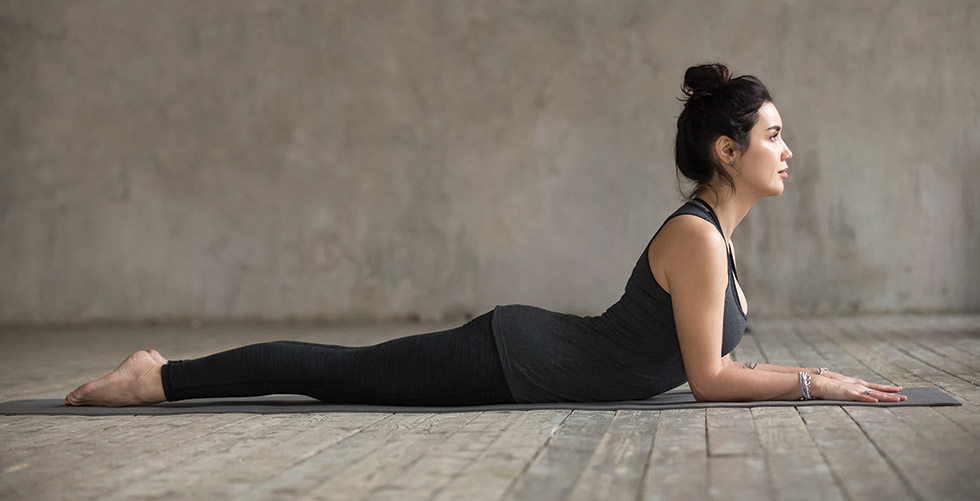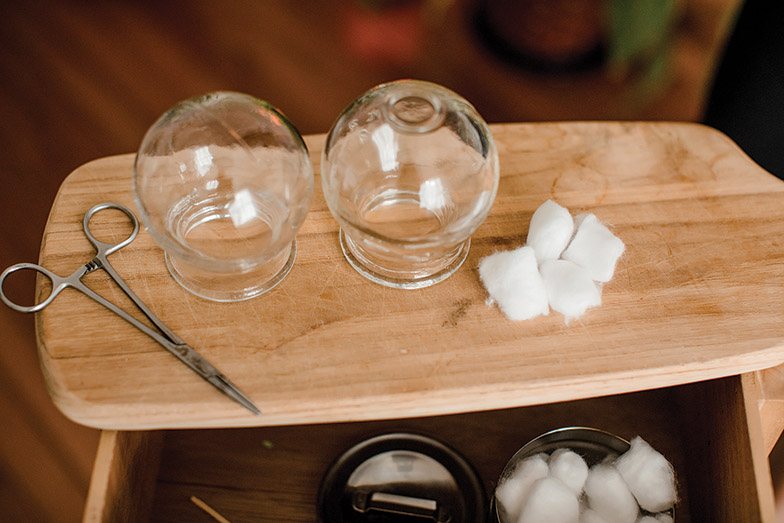
Self Care for the Season
By Natasha Kubis
As we transition into autumn we start to observe the lush greenery of summer transform into a fiery palette of oranges, reds, and browns. The crisp, cool air encourages the trees to shed their leaves so that they may grow new buds in spring. As the seasons come and go, we too go through changes every moment of every day. We are reminded that everything around us is in a perpetual state of flux. In life, change is the only constant. The ebb and flow of nature reminds us to be grateful for the present moment, however fleeting, and to be comfortable with letting go of the past in order to move into the next cycle of life. Nurturing yourself through the seasons can help you transition with nature in a comfortable and conscientious way. Here are some activities to help you move with ease through the coming months.
Create a daily gratitude practice
The autumn harvest is an opportunity to practice gratitude for the abundance in your life. Listing things for which you are grateful allows you to appreciate what you have in the present moment. Instead of stewing over things that you feel are lacking, try making a mental list of each and every thing that you cherish in life.
Minimize your stuff
Removing objects in your life that no longer serve you by either donating them to charity or recycling them is an efficient way to remove clutter. Creating a healthy space that is free of physical chaos also encourages peace and clarity in the mind and allows you to make room for new possibilities and growth.
Take stock of your life through journaling
Journaling can help you assess the things in your life that need attention and focus. It is a great way to strategize and manifest your goals and objectives. What do you need to let go of in your life in order to move forward? It might include relationships that need to be re-evaluated, work projects that need to be finished, or old habits that need to be discarded. If there are major life changes that need to be addressed, enlist the support of friends, loved ones, or a professional counselor.
Make the most of the autumn harvest with nourishing food
This time of year has an abundance of wholesome fruits and vegetables. Try to incorporate seasonal foods into your diet such as apples, pears, squash, artichokes, arugula, spinach, beets, cabbage, and leeks. Chinese medicine recommends eating lots of soups, stews, and porridges as well as stewed fruits during colder months. Use warming spices such as cinnamon, cardamom, and nutmeg on top of oatmeal or in baking recipes. Drink ginger teas with fresh ginger, lemon, and honey to strengthen your immune system.
Connect with nature
Nature is stunning at this time of year with its chilly air and rust colored landscape as your playground. Walking through the forest or sitting by a campfire are great ways to be present and admire nature’s beautiful transition.
Have a candle lit bath
A warm bath feels extra wonderful when it is cold outside. Make a date with yourself and create a luxurious bath. Fill the tub with hot water, Epsom salts, and essential oils. Light some candles, settle in, and relax with your favorite music or book.
Try these restorative yoga poses in the following sequence
1. Lie on your back and hug your knees into your chest. Rock from side to side. Take five deep inhales and exhales. Drop your knees to the right for a few moments and then to the left for a gentle twist.
2. For reclined pigeon pose, cross your ankle over your opposite knee. Hold for five deep inhales and exhales, and then switch legs. This is a gentle way to release tension in the hip area.
3. Roll over onto your belly and come up onto your forearms for a mild back bend. Hold for a count of five deep inhales and exhales.
4. Push back into a child’s pose by coming up to your hands and knees and then releasing your hips down toward your heels as you stretch your arms forward. This is a simple way to release tension from your back and hips.
Practicing gratitude, removing clutter from your physical space, taking stock of your life through self reflection, connecting with nature, and incorporating self care rituals through diet and yoga are all simple and accessible ways to help us shed the past that no longer serves us, just as nature renews itself with each season.
Natasha Kubis is a licensed acupuncturist and certified yoga teacher.
For more information, visit essential-well.com

